


THE HISTORY OF ZOO SÃO PAULO
The history of Zoo São Paulo began in June 1957, when Governor Jânio Quadros, in partnership with Emílio Varoli, director of the Department of Hunting and Fishing, started the project to create it. The first steps were taken with the arrival of Brazilian animals, such as jaguars and mountain partridges, and exotic species, such as lions, camels, bears and elephants. Although the inauguration was scheduled for January 1958, heavy rains forced the postponement to March 16, when the Zoo was officially opened to the community. Despite the unstable weather, the inauguration brought together many curious people to see the 482 animals, including deers, jaguars, ocelots, parrots and the rhino “Cacareco”, who would become famous when she was symbolically elected councillor in the 1959 elections. That was the beginning of a space full of remarkable stories and unique species.


THE HISTORY OF THE ZOO SP
The history of Zoo São Paulo began in June 1957, when Governor Jânio Quadros, in partnership with Emílio Varoli, director of the Department of Hunting and Fishing, started the project to create it. The first steps were taken with the arrival of Brazilian animals, such as jaguars and mountain partridges, and exotic species, such as lions, camels, bears and elephants. Although the inauguration was scheduled for January 1958, heavy rains forced the postponement to March 16, when the Zoo was officially opened to the community. Despite the unstable weather, the inauguration brought together many curious people to see the 482 animals, including deers, jaguars, ocelots, parrots and the rhino “Cacareco”, who would become famous when she was symbolically elected councillor in the 1959 elections. That was the beginning of a space full of remarkable stories and unique species.
MEMBERSHIPS
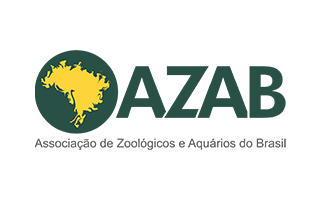
Associação de Zoológicos e Aquários do Brasil
(Brazilian Association of Zoos and Aquariums) Class entity that represents zoos and aquariums in Brazil, whose mission is to bring together zoos and aquariums in the country with the aim of promoting integral development, improvement and strengthening of those involved by facilitating cooperation, training and the exchange of knowledge and assisting in the solutions of technical administrative issues of zoos and aquariums.

European Association of Zoos and Aquariums
Professional network of zoos and aquariums dedicated to biodiversity conservation, scientific research and environmental education. Founded in 1985, EAZA promotes high standards of animal welfare and develops conservation programs to protect endangered species. With members across Europe and beyond, EAZA plays a crucial role in the preservation of wildlife and the advancement of animal science.
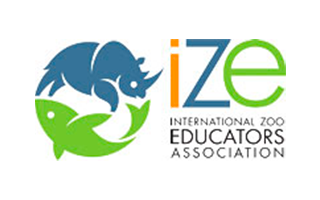
International Zoo Educators Association
Global organization dedicated to expanding the educational impact of zoos and aquariums around the world. Through training programs, conferences and publications, IZE promotes the exchange of knowledge and experiences among environmental education professionals, with the aim of strengthening conservation and public awareness efforts.
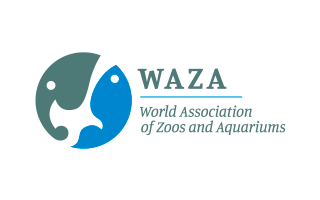
World Association of Zoos and Aquariums
A global alliance of major zoos and aquariums dedicated to the care and conservation of animals and their habitats worldwide. As a unifying organization, WAZA promotes cooperation among its members, as well as with leading wildlife experts, academia and universities, and provides support for the management and conservation of species under human care, while encouraging the highest standards in member institutions.

Asociación Latinoamericana de Parques Zoológicos y Acuarios
(Latin American Association of Zoos and Aquariums) A regional organization that includes the most prestigious and influential zoological institutions in Latin America, whose aim is to facilitate the association of its members and promote their integral development, focusing on biodiversity conservation, animal welfare and environmental education. Its mission is to promote the integral development of its members and inspire them to achieve the greatest impact on biodiversity conservation, integrating the efforts of the Latin American region with global conservation objectives. Through its vision in collaboration with other organizations, it works in an integral way through important programs that conserve different wild populations and the immense biodiversity of the region, in harmony with human beings.
TECHNICAL COOPERATION AGREEMENTS
We currently have 13 TCAs signed with the following partner institutions




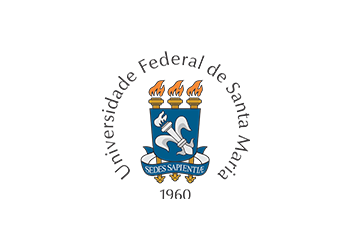

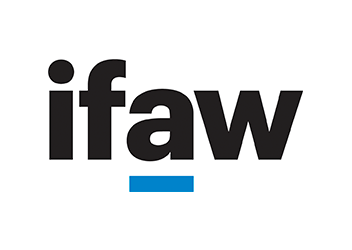



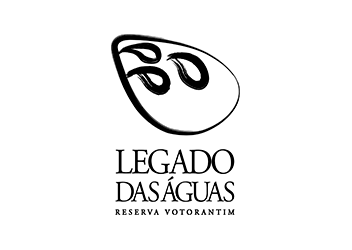
CERTIFICATIONS AND COMMITMENT TO QUALITY
Our commitment to excellence and sustainability is reflected in the certifications that guarantee high standards of environmental management, quality, and safety. The Integrated Management System (IMS) of the São Paulo Zoo encompasses ISO 9001 (Quality Management), ISO 14001 (Environmental Management), and ISO 45001 (Occupational Health and Safety Management) certifications.
We were pioneers in Latin America in achieving ISO 14001, consolidating responsible environmental practices, such as the implementation of the Sewage and Water Treatment Plant and the composting unit. With ISO 9001, we reinforced our focus on visitor satisfaction. Now, with ISO 45001, we reaffirm our commitment to the safety and well-being of our employees and the public, implementing measures for the identification and prevention of occupational risks.
Our IMS is an internationally recognized integrated system that ensures continuous improvement and standardization of processes. We remain committed to constantly evolving, ensuring an excellent visitation experience, combined with the conservation of biodiversity and respect for the environment.


Our commitment to excellence and sustainability is reflected in the certifications that guarantee high standards of environmental management, quality, and safety. The Integrated Management System (IMS) of the São Paulo Zoo encompasses ISO 9001 (Quality Management), ISO 14001 (Environmental Management), and ISO 45001 (Occupational Health and Safety Management) certifications.

We were pioneers in Latin America in achieving ISO 14001, consolidating responsible environmental practices, such as the implementation of the Sewage and Water Treatment Plant and the composting unit. With ISO 9001, we reinforced our focus on visitor satisfaction. Now, with ISO 45001, we reaffirm our commitment to the safety and well-being of our employees and the public, implementing measures for the identification and prevention of occupational risks.

Our IMS is an internationally recognized integrated system that ensures continuous improvement and standardization of processes. We remain committed to constantly evolving, ensuring an excellent visitation experience, combined with the conservation of biodiversity and respect for the environment.

FLYING HIGH TO PROTECT LIFE
For us, nature preservation is a top priority. When we talk about preservation, we aim to step up efforts to mitigate the decline in species populations and tackle threats to biodiversity, with a special emphasis on protecting Brazilian biodiversity.


FLYING HIGH TO PROTECT LIFE
For us, nature preservation is a top priority. When we talk about preservation, we aim to step up efforts to mitigate the decline in species populations and tackle threats to biodiversity, with a special emphasis on protecting Brazilian biodiversity.

THE WILD TEAM
Each species receives excellent care in our facilities, with a focus on conservation, animal welfare and education. All of this is made possible thanks to the dedicated work of our team of specialists, who work with passion and respect for each life.
THE WILD TEAM
Each species receives excellent care in our facilities, with a focus on conservation, animal welfare and education. All of this is made possible thanks to the dedicated work of our team of specialists, who work with passion and respect for each life.


